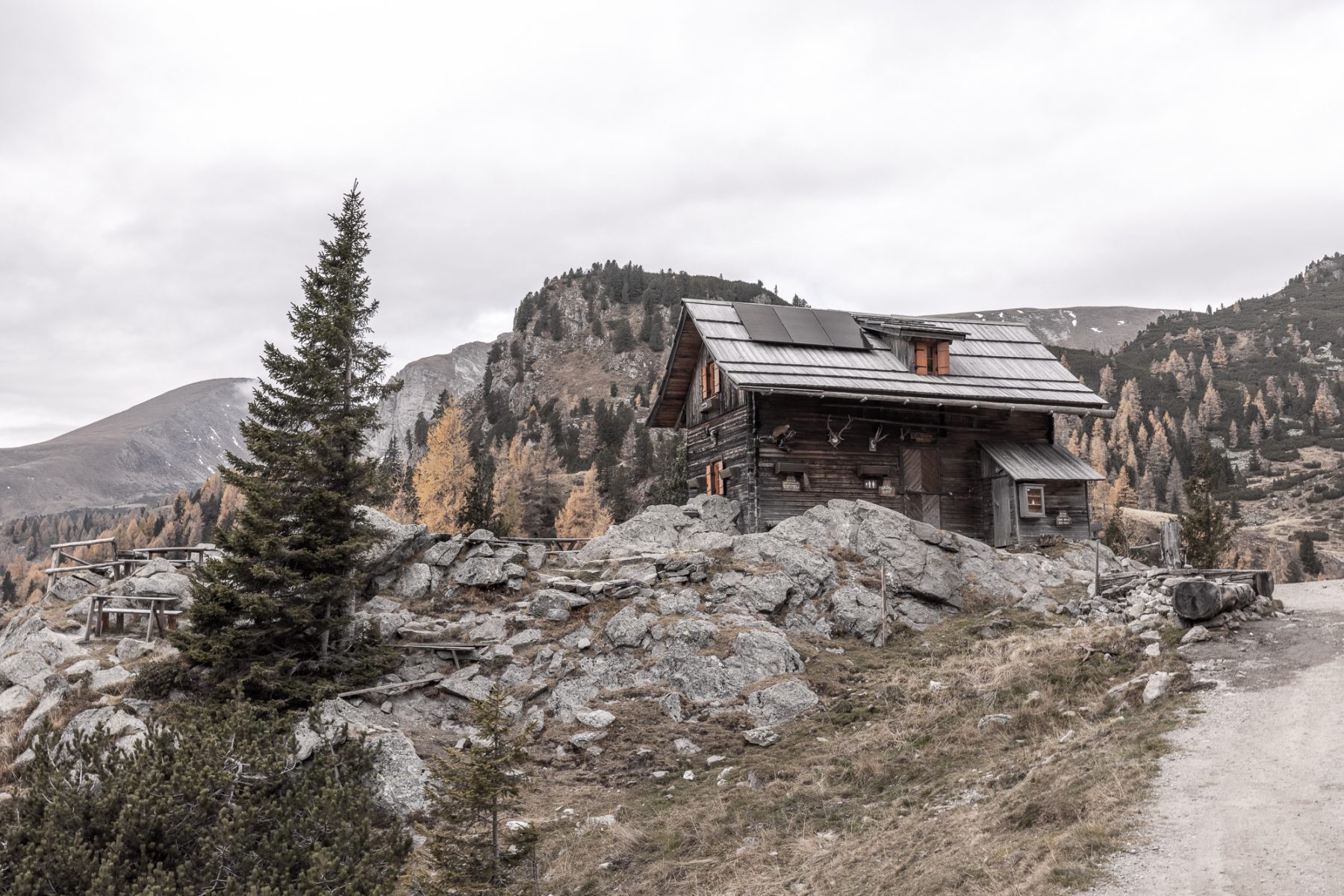This guide should help you to set up networks with higher ranges and should set the default „ip-ranges“ for devices, like I do. It is thought for home networks and small business networks. In the last 10 years the numbers of Network Access Devices (NAD) has increased a lot. Even if you have one machine it can have different network interfaces and will require ip-adresses on all of them. So it can easy happen that your subnet with a /24 range is getting quite small after a few months. Changing this later makes you a lot of work, because you have to change the subnetmask on every device. Devices with enabled DHCP Client Service will not make you the problem, but static IP Adresses like switches, printers… will not be able to communicate with network devices out of their subnet. For example if you forget to change the subnet on a printer, you can use it from all devices which are in the network range of the subnet. But if you sent a printer job from a machine outside this subnet this will not work because the tcp connection can not be answered from the printer.
My solution is to create bigger networks from scratch on. I never use /24 subnets (with about 255 usable addresses).
I also recommend to use A-Class Networks. Starting 10.X.X.X and then use something like the postal code or the door number to easier remember the range.
For example:
Vienna – 4th district (ZIP-1040) is then 10.104.X.X
Korneuburg – (ZIP-2100) is then 10.210.X.X
This will save you time with routing issues with you want to make site-to-site VPNs or even normal VPNs.
You can use this online tool to calculate your Host Address Range.
http://www.subnet-calculator.com
My home network uses following:
IP Address: 10.104.0.0
Subnet Mask: 255.255.240.0
Host Address Range: 10.104.0.1 – 10.104.15.254
The first 255 Addresses are reserved for administrativ devices:
IP Range: 10.104.0.0 – 10.104.1.0
Network Hardware (1-19)
10.104.0.1 – 10.104.0.19
in this range I use following rules:
Firewall (1-4)
10.104.0.1 – 10.104.0.4
Switches (5-15)
10.104.0.5 – 10.104.0.15
Internal Servers (20-40)
10.104.0.20 – 10.104.0.40
Printers (70-79)
10.104.0.70 – 10.104.0.79
Access Points (80-110)
10.104.0.80 – 10.104.0.110
I love when the DHCP Server is doing an IP-Mac binding and gives the fix IP-Addresses. But I would recommend to give the essential heart of you network manual fix IP-Addresses (switches and firewall).
